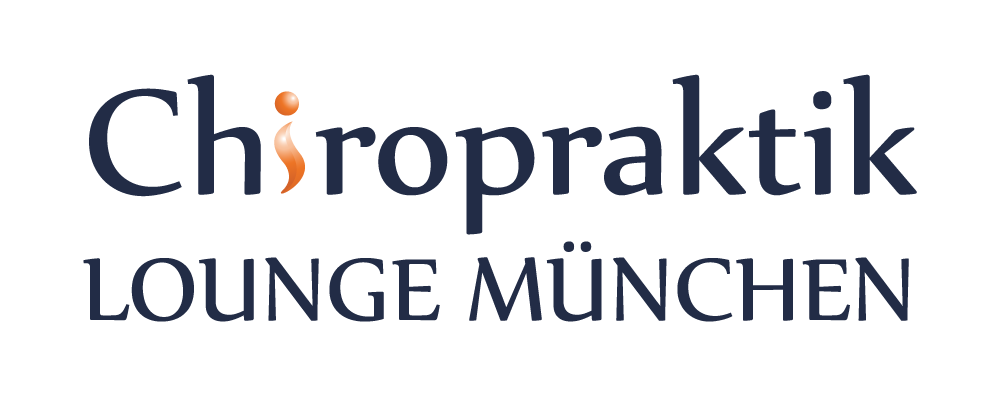Chiropractic is an alternative treatment method that focuses on the diagnosis and treatment of musculoskeletal disorders. It has a long history that begins with “accidental” assistance.
Content
- Origin of chiropractic
- Early developments and recognition
- A happy coincidence
- Germany a special case
- Modern chiropractic
- Controversy surrounding chiropractic
- Conclusion
The origin of chiropractic
The founder of chiropractic, D.D. Palmer, was already known for his healing skills and was also a very well-read man. He had rented a room in a school. He learned that the janitor, a certain Harvey Lillard, had lost his hearing at work 17 years earlier after hearing his back crack.
Applying his common sense to the situation, D.D. Palmer asked if he could try moving the bones in his back to see if that would have any effect. Mr. Lillard agreed. After apparently two “adjustments” his hearing was restored. This happened on September 18, 1895.
Believing he had found a cure for hearing loss, Palmer advertised his newly discovered abilities and was sought out by many people with hearing loss. Perhaps unsurprisingly, not many of them regained their hearing.
But some of the people began to report all sorts of other changes to their health. D.D. Palmer recognized the significance of these changes and theorized that the misplaced bone (in the spine) was putting pressure on the nerves so that the movement of the bone no longer irritated the nervous system, leading to restoration of health. Chiropractic (Greek: made by hand) was born.
D.D. Palmer founded a chiropractic school shortly afterwards. As he was unfortunately not a good businessman, his son B.J. Palmer became involved. The way was paved for the spread of chiropractic.
Early developments and recognition
Chiropractic has undergone a remarkable development over the centuries and today plays a significant role in healthcare. In the early days of chiropractic, the pioneers battled prejudice and opposition from the established medical community. Critics argued that chiropractic practice was unconventional and not based on scientific evidence. Despite these obstacles, the number of people who were convinced of the effectiveness of chiropractic grew steadily.
Over time, various chiropractic techniques have been developed to optimize the treatment of a wide range of complaints. Chiropractic education has been standardized and numerous schools and universities have emerged to train chiropractors. Today, the requirements for certification and licensing of chiropractors have become more stringent and the quality of treatment has continued to improve.
A happy coincidence
Chiropractic suffers from a lack of research because it is expensive. For example, we don’t have “big pharma” to pay for it either. In 2003, Dr. Heidi Haavik conducted an experiment at the New Zealand College of Chiropractic to investigate the decades-old idea that a misplaced bone exerts pressure on the nerve. Purely by chance, she also connected two electrodes to the head of a test subject during the experiment. The results were groundbreaking, as the data revealed completely unexpected activity in an important part of the brain, the prefrontal cortex.
You could almost say that this changed our understanding of chiropractic adjustment overnight and totally revolutionized the direction and understanding of chiropractic research and treatment. All people who come to our practice or follow our YouTube channel benefit from these findings and the new understanding of chiropractic.
The challenge we face: we now understand what happens in your body after an adjustment. Feedback from our patients that they feel better after the adjustments allows us to draw conclusions about the effects of the treatment on their health. We still lack a deeper understanding of what is going on in the brain and nervous system. This is currently the focus of much current research.
Germany is a special case
In many countries, chiropractic is recognized as an independent profession. Only graduates of recognized chiropractic courses are allowed to practice chiropractic and/or call themselves chiropractors. In Germany, doctors and anyone with a non-medical practitioner’s license may call themselves a chiropractor (in theory, a certificate is sufficient proof).
The term chiropractor is more common in Germany, although recently the English version “Chiropractor” has become more and more popular to indicate that the person has completed one of these five-year university courses. The use of the doctor title is permitted in many countries, just as it is here. As long as it is clearly recognizable that the title refers to chiropractic and the person is not trying to fool others into thinking they are a medical doctor.
While there are many chiropractic colleges around the world, there are only a few that we would recommend. If you or someone you know wants to become a chiropractor, feel free to talk to us. We can recommend a few. These are located in New Zealand, Australia, Scotland, Barcelona and the USA.In Deutschland gibt es 2 Masterstudiengänge für Chiropraktik, die jedoch nicht wie die oben genannten Schulen international anerkannt sind.
Here is an overview of colleges that we can recommend:
Life University Life University is a Leading Chiropractic and Holistic Health University
Sherman Collage of Chiropractic Contact Sherman – Sherman College of Chiropractic
The Chiropractic Collage Life Chiropractic College West | The Journey to Becoming a Chiropractor (lifewest.edu)
Scotland College of Chiropractic The Scotland College of Chiropractic Trust (scotlandcollegechiro.co.uk)
The Australian Chiropractic Collage Australian Chiropractic College | Bachelor Of Chiropractic | Adelaide CBD (acc.sa.edu.au)
Modern chiropractic
Modern chiropractic has evolved into holistic health care. Chiropractors look not only at the specific symptoms, but also at the entire body and individual lifestyle of their patients. They offer a wide range of treatments, including manual adjustments, physical therapy, targeted exercises and nutritional counseling. Many of our patients who come to our lounge are seeking the help of chiropractors to finally relieve the pain and discomfort that has been unsuccessfully treated. They want relief without using medication or invasive procedures. Many of our Loungees stay because they have recognized chiropractic into their lifestyle and self-care and simply want to stay vital and healthy for a long time.
Controversies surrounding chiropractic
Despite the growing support and acceptance of chiropractic, there is still controversy and debate surrounding its safety and effectiveness. Some critics argue that certain chiropractic techniques can carry risks, especially when used improperly. It’s important to see a qualified chiropractor. If you are looking, we can recommend this site to search: ChiroAlliance.org
Despite all the controversy, chiropractic has established itself as an integral part of holistic healthcare. More and more people are seeking alternative treatments and taking advantage of the benefits of vitalistic chiropractic care. Chiropractic is now recognized by some supplementary insurance plans (private or alternative practitioner benefits) and its effectiveness is being investigated in various scientific studies.
Overall, the history of chiropractic has proven that it is not just an alternative treatment method, but a serious option for people’s health and well-being. It has evolved from its humble beginnings into a valued practice and will continue to play an important role in healthcare in the future.
In conclusion, the fascinating history of chiropractic sheds light not only on its origins, but also on its evolution, challenges and its significant role in modern healthcare. It is important to know and appreciate this history in order to understand the full potential of chiropractic and promote its use.
Conclusion:
The history of chiropractic is long and fascinating. From its very early beginnings to modern practice, chiropractic has evolved into a widely used alternative treatment modality that has had a positive impact on a significant number of patients worldwide. Despite initial controversy, chiropractic has gained prominence in the healthcare community and plays an important role in holistic healthcare.
We wish you a vital and healthy life and would be delighted if you find our tips useful. If you would like to know more about vitalistic chiropractic, please write to us.
The Chirolounge team Munich


Recent Comments